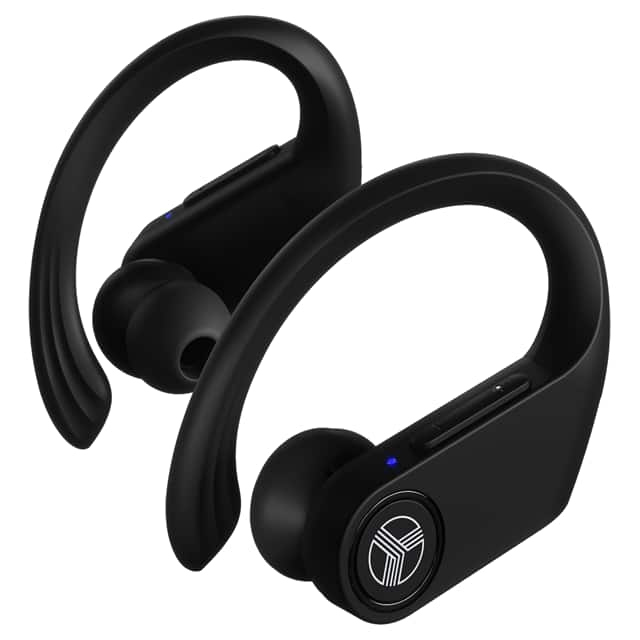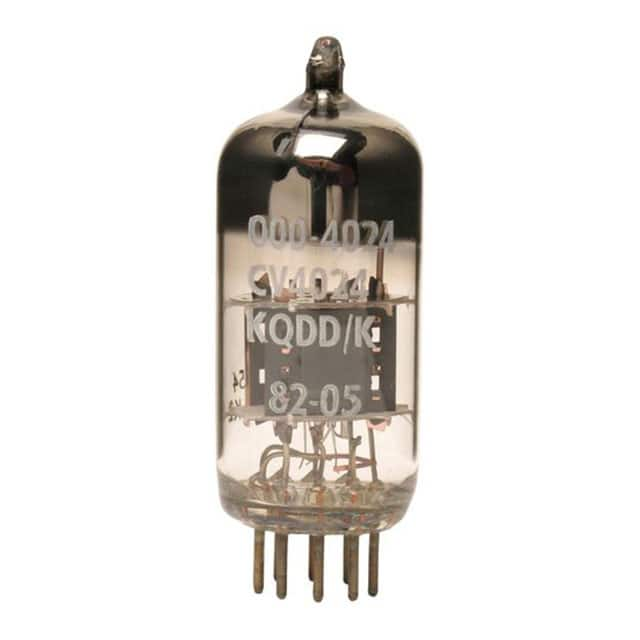Audio product definition
Audio product refers to any sound or audio-related device, product or technology. These products can include audio equipment, audio processors, microphones, headphones, speakers, recording equipment, mixers, audio interfaces, audio codecs, and more.
Audio products are used in a variety of applications, including music playback, voice communications, recording, and audio editing. They are designed to capture, reproduce, transmit or process sound to provide a high-quality audio experience.
When were audio products first invented?
The first audio products were developed in the late 19th century. The first commercial audio device was the phonograph, invented by Thomas Edison in 1877. This invention marked an important breakthrough in audio technology.
How audio products work
When a speaker is used, electric current flows through the electrical coil in the speaker, creating a magnetic field. This magnetic field interacts with the magnetic field in the speaker, causing the vibrating part of the speaker (usually a cone or diaphragm) to start vibrating.
This vibration occurs in frequency, which changes in response to changes in current. When a vibrating cone or diaphragm pushes against the surrounding air, it creates waves of compression and rarefaction in the air, which are sound waves.
Imagine you are listening to a piece of music. The sound of the music is first recorded into an electronic signal and then played through a speaker. When the music signal is transmitted to the speaker, the electric coil inside the speaker will produce current changes according to the changes in the music signal.
These changing currents cause the speaker's vibrating cone, or diaphragm, to vibrate, creating the sound that makes the music you hear.
What do audio products consist of?
Microphone: A device used to capture sounds or audio signals.
Speaker: A device used to play sound or audio signals.
Audio processor: A device used to process, improve or modify audio signals, such as equalizers, sound effects processors, etc.
Mixer: A device used to mix multiple audio signals, often used in music recording and live sound.
Audio interface: An interface used to connect audio equipment to a computer or other audio device for recording and playback.
Recording device: A device used to capture, store and play back audio, such as a digital recorder, tape recorder, etc.
Audio codec: A device used to convert digital audio signals to analog signals or vice versa.
Control Panel: A control panel or buttons used to adjust audio device parameters, volume, and other settings.
Power Supply: Provides the power required for audio equipment.
Cables and Connectors: Cables and connectors used to connect different audio devices.
The development history of audio products
Invention of the Phonograph (1877): Thomas Edison invented the phonograph, the first commercial audio playback device. Phonographs used early spiral records and wax discs for recording.
Vacuum Tubes and Broadcasting (Early 20th Century): The invention of the vacuum tube made it possible to amplify and process audio signals. This led to the rise of radio stations, through which people could listen to music and information.
Vinyl records (early to mid-20th century): Vinyl records became the dominant music medium for several decades. This period also saw the development of stereophonic recording.
Tape recorder (1930s): The advent of the tape recorder revolutionized the way audio was recorded and played back, making it more portable and easier to use.
Stereo and surround sound (mid-20th century): Stereo recording and surround sound technology began to emerge, adding a three-dimensional feel to the audio experience.
Audio Tape (1960s to 1980s): Audio tape became a widely used audio medium for music recording, carrying music, and recording.
Digital audio technology (1980s to present): The rise of digital audio technology has brought digital audio products such as CD, MP3, and digital audio workstation (DAW). Developments in this field have made audio storage and transmission more convenient and high-quality.
The Internet and Online Music (Early 21st Century): The popularity of the Internet has made online music streaming mainstream, and people can access music anytime and anywhere through the Internet.
Smart audio devices (21st century): Smart audio devices, such as smart speakers and headphones, combine audio technology and artificial intelligence to provide users with a smarter audio experience.
The basics of audio are
Sound Waves: Sound waves are vibrations in the air that are generated by a sound source and travel through the air to the ears of the listener.
Frequency: The number of vibrations per second, measured in Hertz (Hz). Low frequencies produce low-pitched sounds, while high frequencies produce high-pitched sounds.
Waveform: A waveform is a visual representation of a sound wave, showing its amplitude (loudness) over time.
Amplitude: Amplitude is a measure of the loudness of a sound, measured in decibels (dB).
Effect: Used to shape the sound of an audio signal. Common effects include reverb, delay, equalizer, and compression.
The difference between wired headphones and wireless headphones
Wired headphones:
Wired headphones are connected to an audio source (such as a mobile phone, stereo, computer, etc.) through a cable.
They don't require a built-in battery because they draw power from the audio source via a cable.
Typically have higher audio quality because they are not affected by wireless signal interference.
Ideal for music lovers or professional audio applications that require higher sound quality.
Wireless Headphones:
Wireless headphones use wireless technology, such as Bluetooth or infrared, to communicate with an audio source.
They usually have built-in rechargeable batteries that need to be charged to provide power.
It has greater portability and no cables to tie it down, making it more suitable for mobile use.
May be affected by wireless interference or signal interruptions, which may affect sound quality or connection stability.

 My Cart
My Cart












